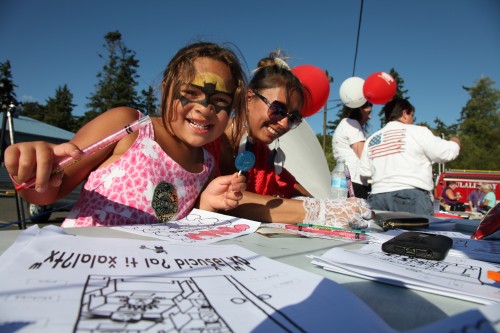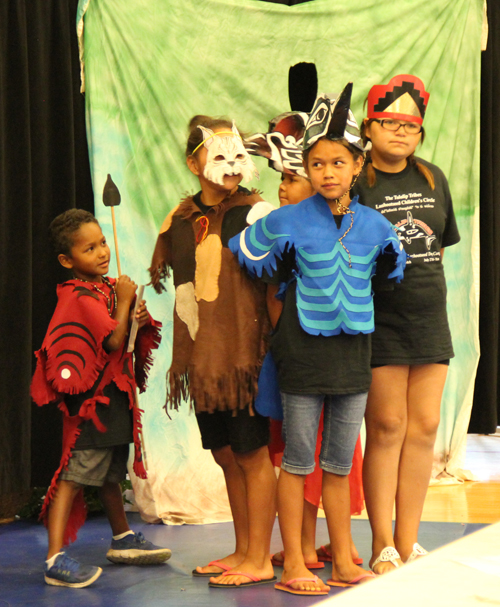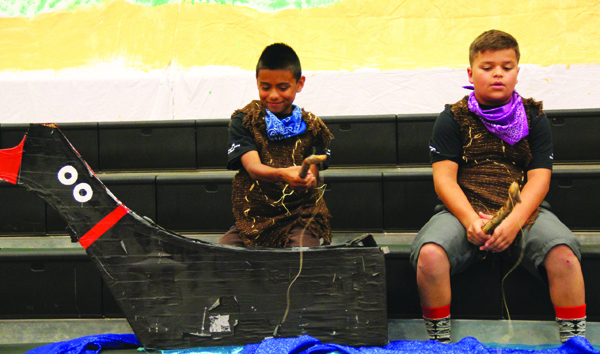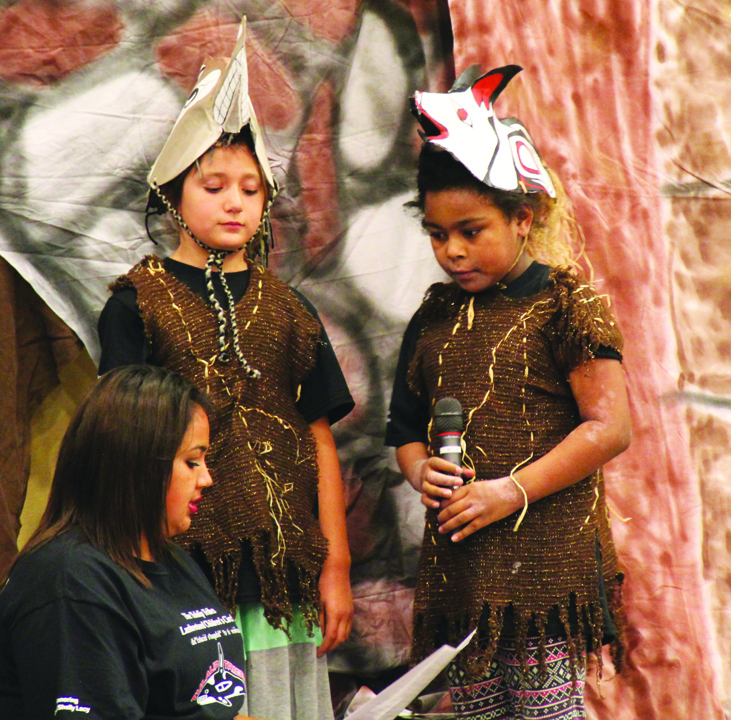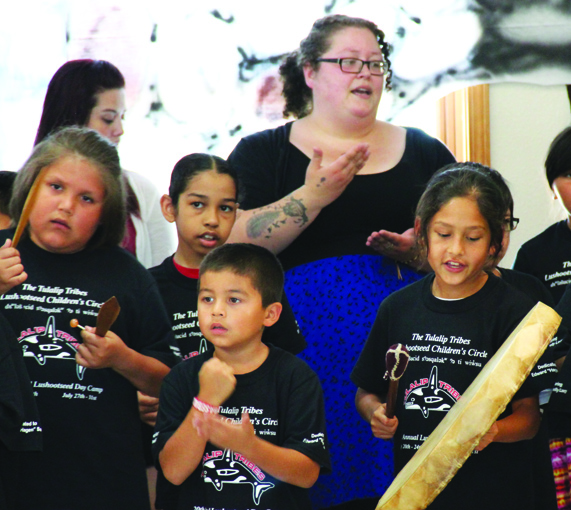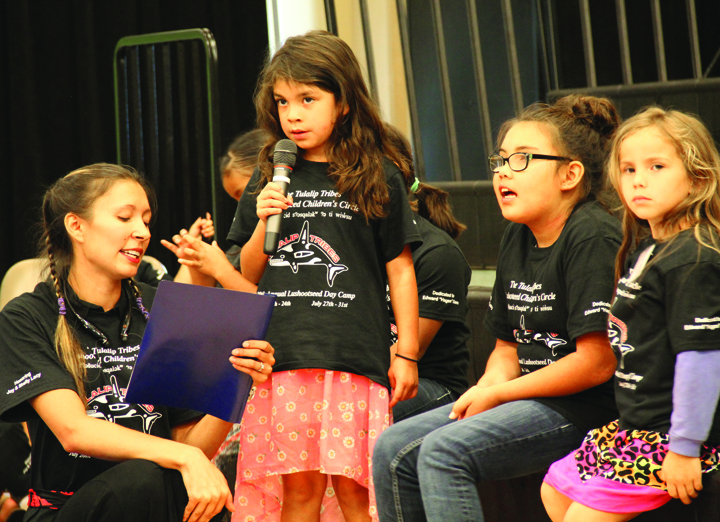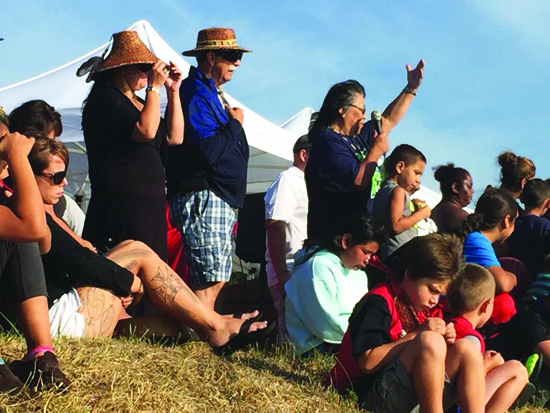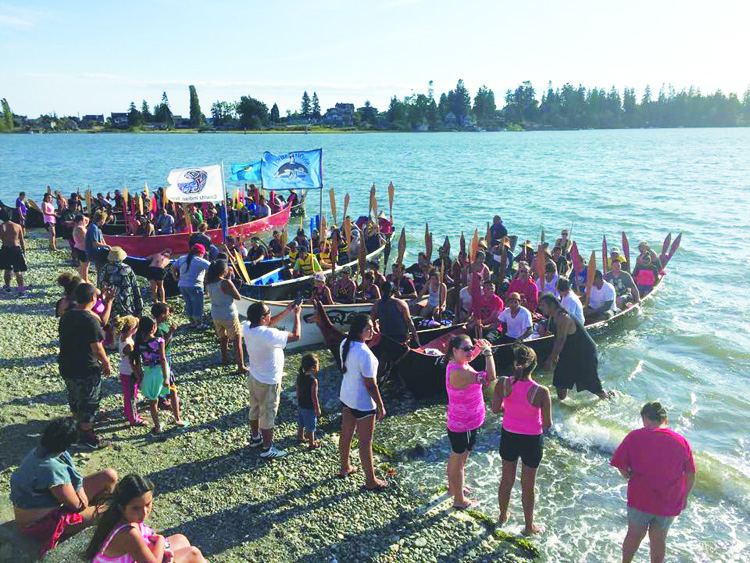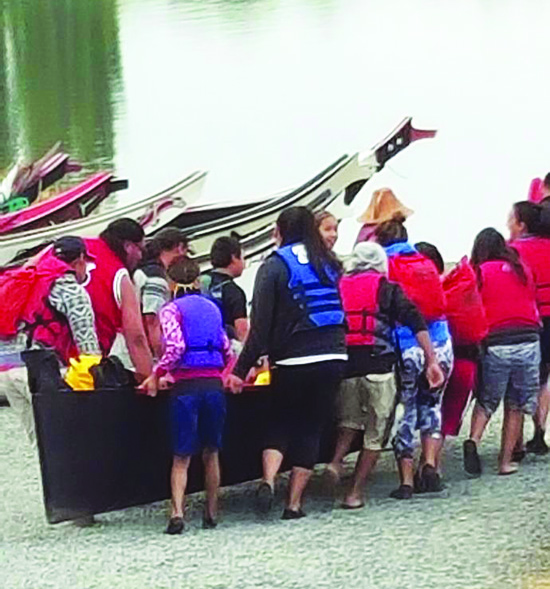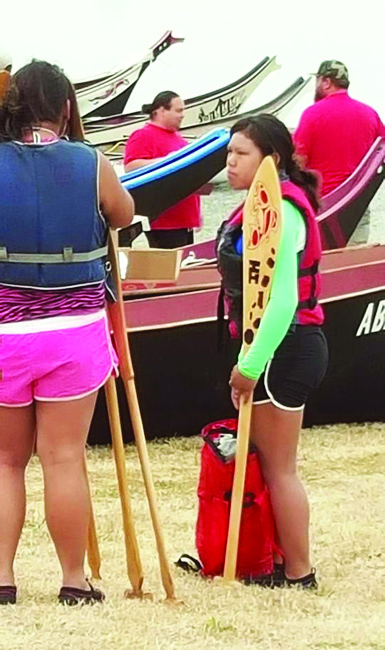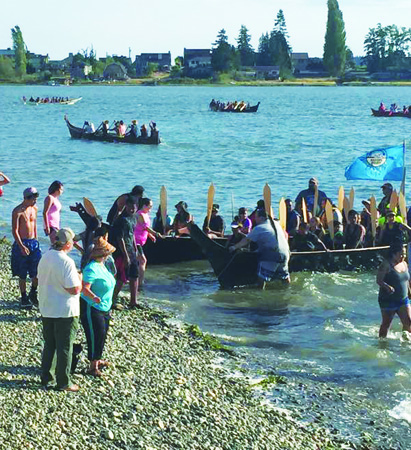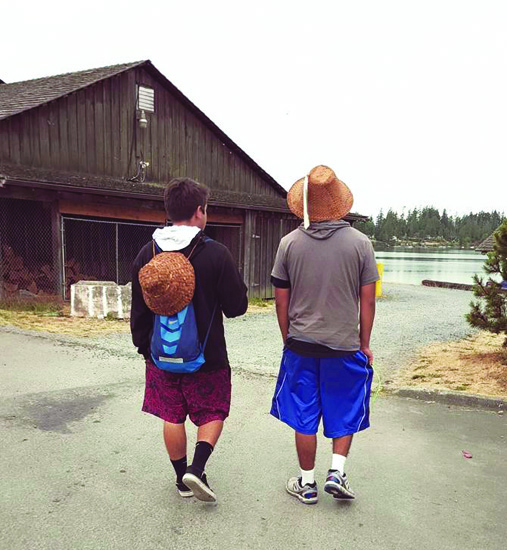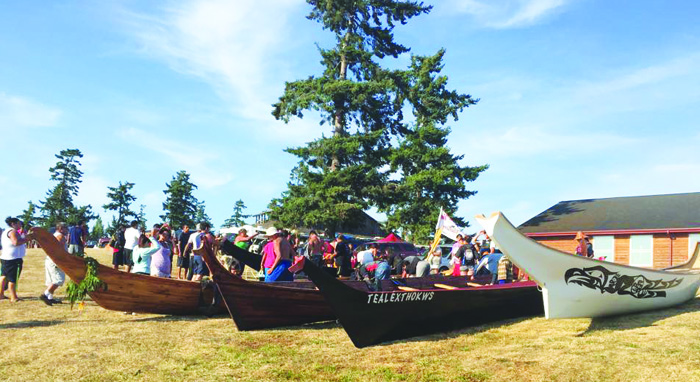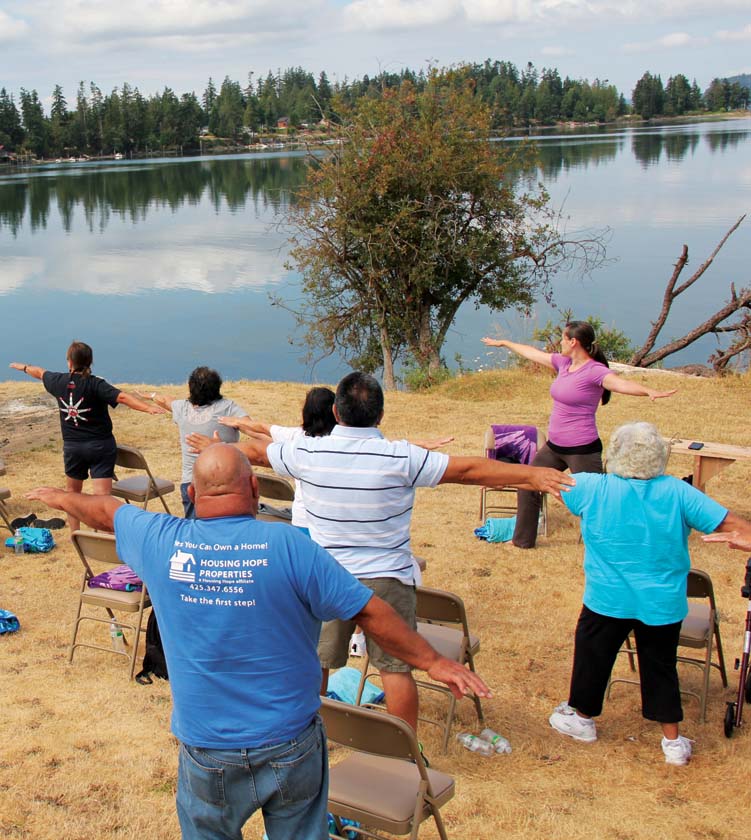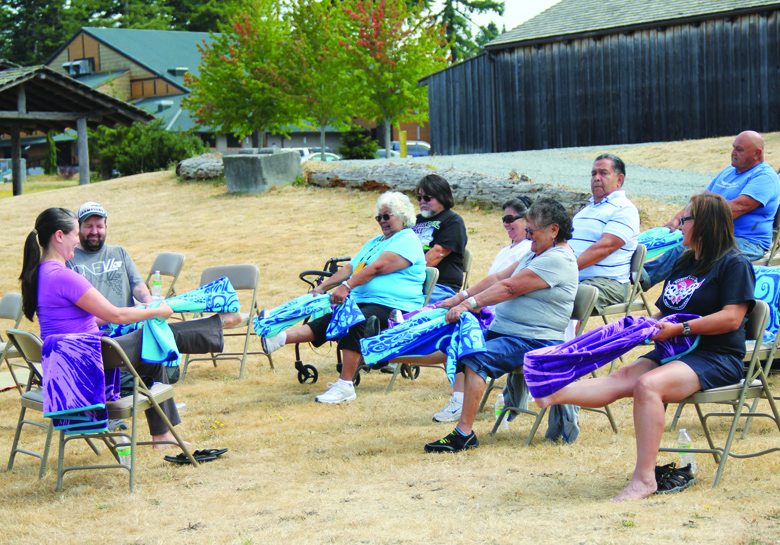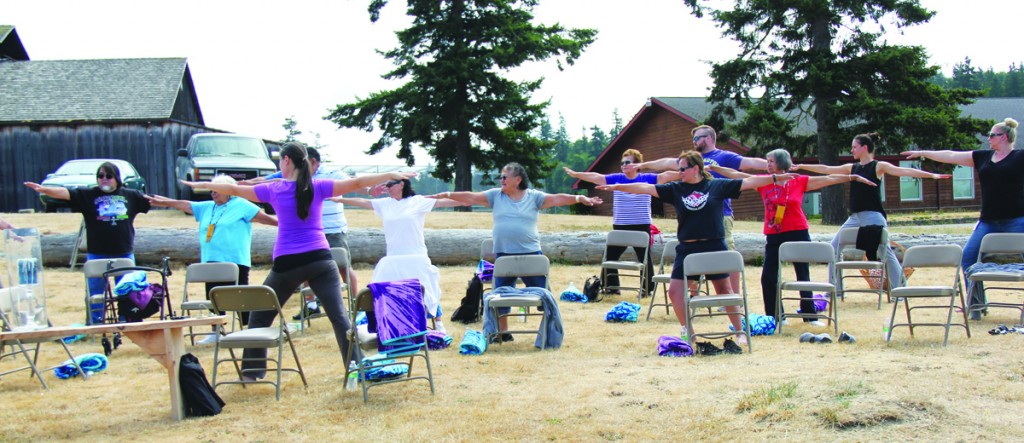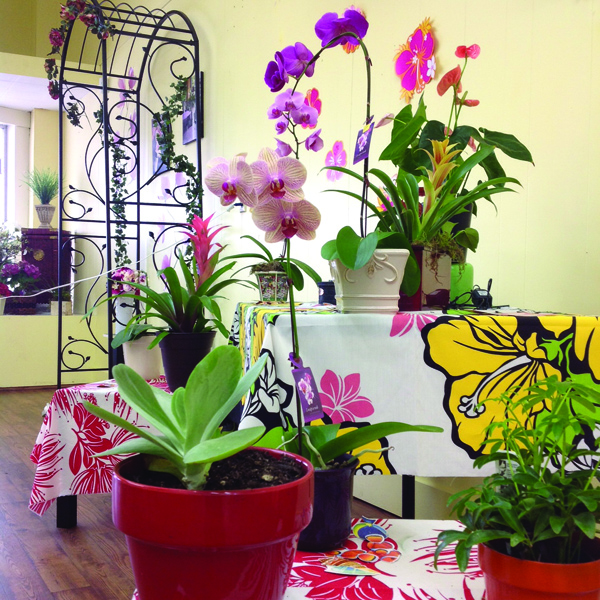“Being Frank”
By Lorraine Loomis, Chair, Northwest Indian Fisheries Commission
Water – how much we have and how clean it should be – is on the minds of many these days as the drought rolls on in western Washington and state government remains stalled on updating decades-old water quality standards.
Tribal insistence on more restrictive salmon fisheries this year has turned out to be the right call as the hottest and driest summer we’ve ever seen continues, threatening salmon throughout western Washington at every stage of their life cycle.
With no snowpack, record warm weather and little rain, our rivers and streams are running low, slow and hot. That’s bad news for both hatchery and wild salmon, which depend on plenty of cool water for their survival.
Many returning adult salmon died last year before they could reach spawning grounds or a hatchery, while thousands of out-migrating young salmon died before they could reach the ocean. The deaths of those salmon will be felt by all fishermen several years from now when fewer fish return.
Water temperatures 70 degrees and higher can be lethal to salmon. Many streams already have reached those temperatures with a lot of summer left. Warm water can also create a thermal barrier that prevents salmon from reaching hatcheries and spawning grounds. In addition, salmon are more susceptible to diseases when water temperatures are high.
Salmon are getting some relief from tribal and state hatcheries that use cooler groundwater for incubating and rearing fish. These hatcheries are providing sanctuaries to help salmon survive the drought and fulfilling their role as gene banks to preserve salmon for the future.
The outlook for many tribal fisheries is growing steadily darker as week after week slips by with no improvement in weather conditions. We hope enough salmon will return to our fishing grounds so that we can feed our families and preserve our cultures and communities.
It wasn’t easy for the tribes to convince the state co-managers that tougher fishing regulations were needed this year to protect salmon. In fact, the Puget Sound sport-fishing industry was prodding the Washington Department of Fish and Wildlife to expand fisheries this summer. But salmon management is not a popularity contest and the effects of our drought are getting worse.
The treaty tribes in western Washington will continue to insist on the highest level of responsible fisheries management and hatchery operations to ensure all of our children have a future that includes salmon.
On the water quality front, the state legislature adjourned a triple overtime session in June without approving Gov. Jay Inslee’s proposal for new water quality standards as part of a statewide toxics reduction program.
State water quality standards already are more than 40 years old. The state admits that current standards don’t adequately protect any of us, especially those of us who eat a lot of fish and shellfish. The state has missed every deadline to update the standards as required by the federal Clean Water Act.
Inslee’s toxics reduction program is a good idea. It’s a lot easier and cheaper to prevent poisons from ever getting into our waters than to clean them up afterwards. But to be effective, such a program must first be based in a strong rule of law that will drive the compliance and innovation needed to meet those standards.
The governor is expected to propose a new set of water quality standards in early August. If not, the U.S. Environmental Protection Agency will step in to help.
It is important to remember that all natural resources are connected. Water quantity and quality are two sides of the same coin. Both are fundamental to the health of people and salmon.
Protecting and restoring salmon habitat improves the overall health of our watersheds, making them more resistant to drought and able to bounce back more quickly from its effects.
To truly protect our water quality and quantity – and to protect and restore the salmon resource – we must continue to work together to restore salmon habitat. At the same time, we should develop strong rules that can support a statewide toxics reduction program with realistic, truly protective water quality standards that are implemented over time.





